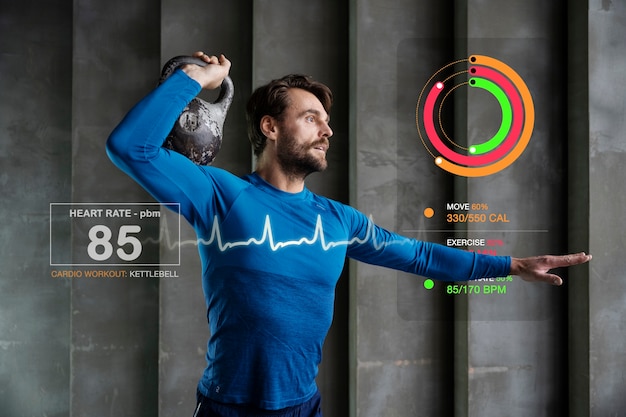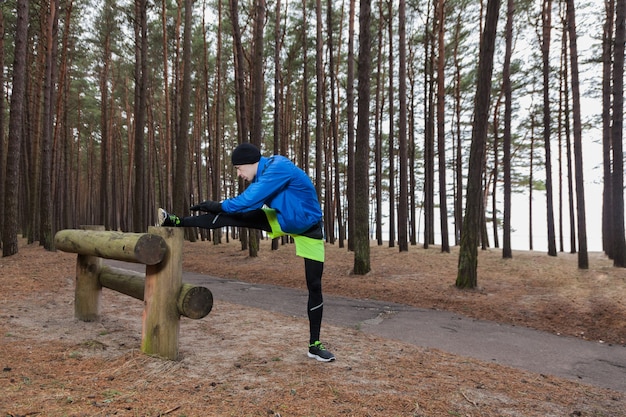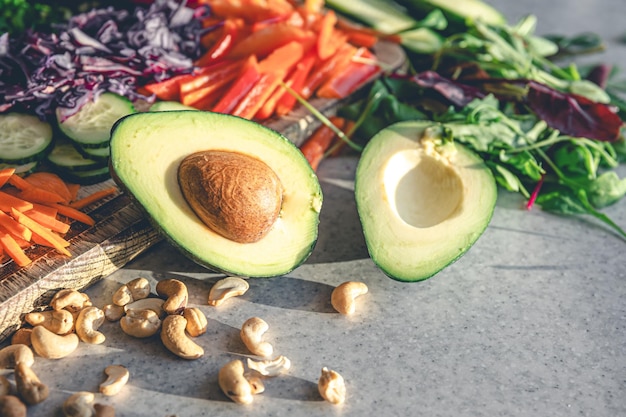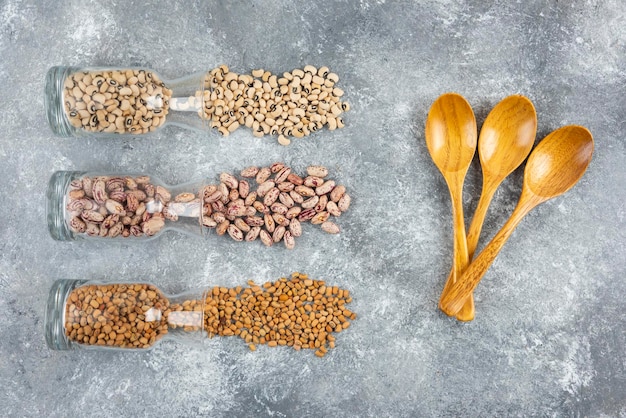If you've ever wondered why some people seem to breeze through intense workouts while others gas out quickly, the answer might lie in a powerful fitness metric: VO₂ max. This scientific term isn't just for elite athletes — it's a vital indicator of your cardiovascular health and overall endurance, and understanding it can transform your fitness journey.
VO₂ max, or maximal oxygen uptake, measures the maximum amount of oxygen your body can use during intense exercise. It's typically expressed in milliliters of oxygen per kilogram of body weight per minute (ml/kg/min). The higher your VO₂ max, the more efficiently your heart, lungs, and muscles work together to deliver and utilize oxygen — a key factor in stamina and aerobic performance.
Think of it as your body’s engine capacity. Just like a high-performance car uses fuel more efficiently, a higher VO₂ max allows you to sustain physical effort longer, whether you're running, cycling, or climbing stairs.

While improving VO₂ max is generally beneficial, it's important to approach training safely. Pushing too hard too fast can lead to overtraining, injury, or burnout — especially for beginners or those with underlying health conditions.
Symptoms like dizziness, chest pain, or extreme shortness of breath during exercise should never be ignored. Always consult a healthcare provider before starting a high-intensity training program, particularly if you have a history of heart or lung issues.
The good news? VO₂ max isn’t fixed. With the right training, you can improve it at any age. Here’s how to get started:

Monitoring your VO₂ max can keep you motivated and help fine-tune your workouts. Here are practical tracking methods:
Improving VO₂ max is a marathon, not a sprint. Use these motivation cues to stay on track:
VO₂ max is more than just a number — it's a window into your cardiovascular fitness and overall health. By understanding it and taking practical steps to improve it, you’re investing in a stronger, more resilient body. Whether you're a beginner or a seasoned exerciser, small, consistent efforts can lead to meaningful gains.
Start where you are, track your progress, and stay motivated. Your heart — and your future self — will thank you.

Fitness

Fitness

Fitness

Fitness

Health

Health

Health

Health

Health

Health

Fitness

Fitness

Health

Fitness

Health

Health